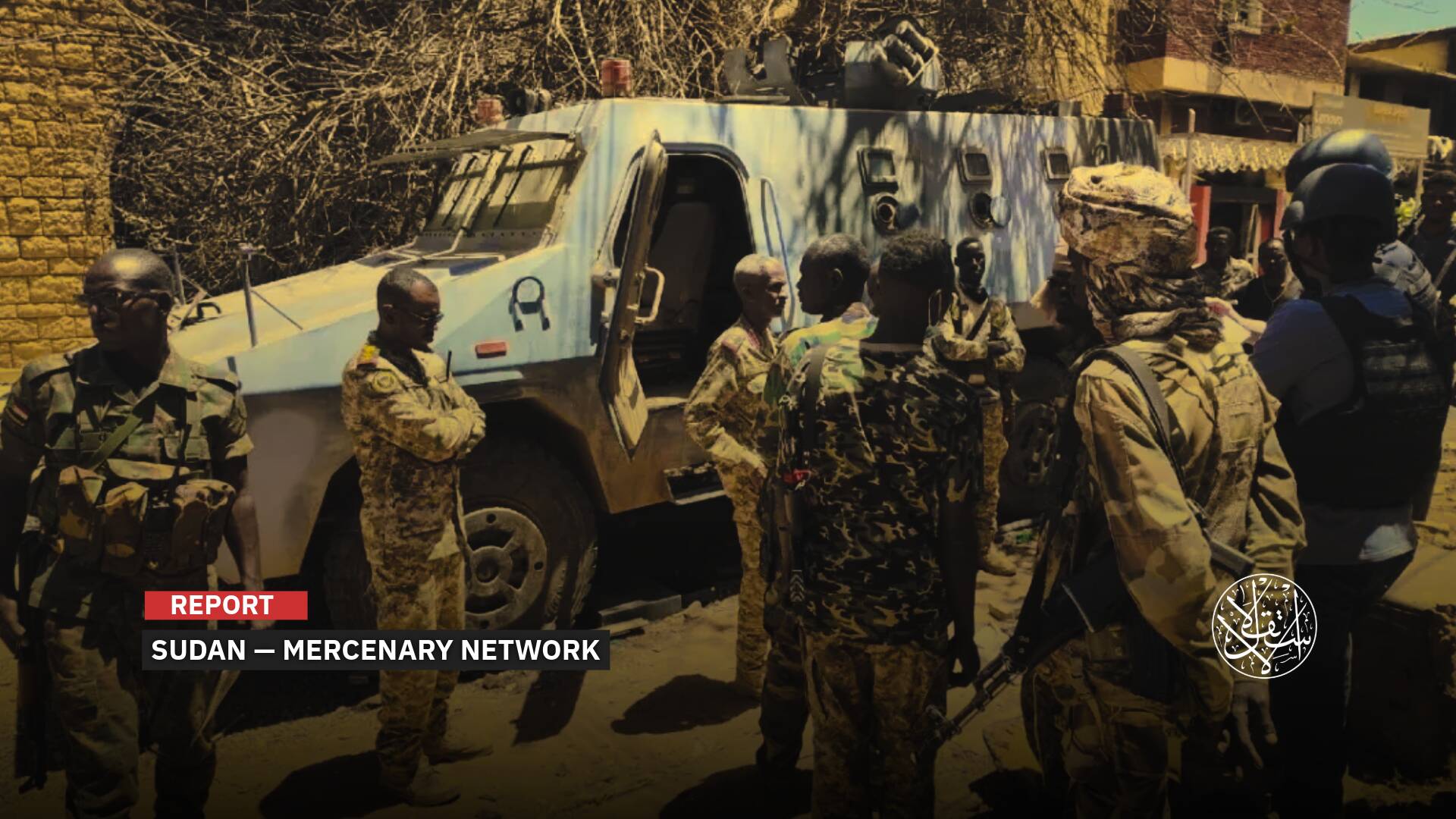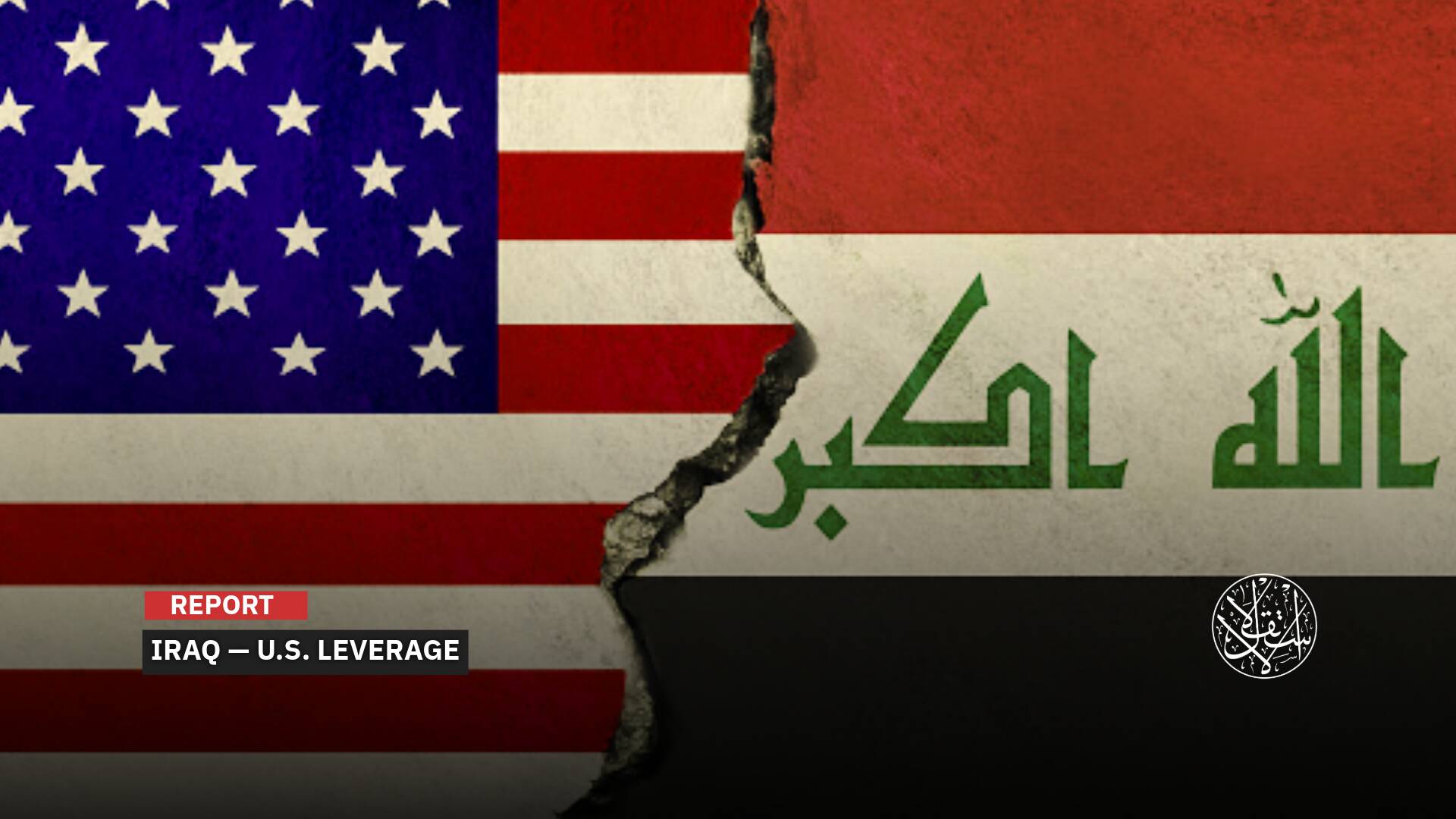One Year On: Human, Economic Cost of Israeli War on Gaza Since October 7

The total cost of the Israeli war on Gaza could reach $120 billion.
Over a full year of Israeli aggression against the Gaza Strip, following the launch of the Palestinian Resistance's Operation al-Aqsa Flood on October 7, 2023, the Israeli Occupation has suffered significant economic and human losses, in addition to failing to achieve its declared objectives.
At the start of Israeli Occupation’s devastating war of annihilation on the Strip, the Israeli government, led by Benjamin Netanyahu, set out three goals: to militarily and politically eliminate Hamas, recover Israeli prisoners, and ensure that Gaza no longer poses a threat to “Israel” in the future.
A year into the war, Palestinian factions continue to engage in fierce battles with the Israeli Occupation forces on all fronts, inflicting heavy losses in lives and equipment. Meanwhile, the Israeli airstrikes have killed 42,000 Palestinians, and around 100,000 others have been injured.
Economic Cost
Since launching Operation al-Aqsa Flood, “Israel” has incurred massive economic losses. This war has become the longest in Israeli Occupation’s history since the establishment of this occupying state in 1948, with no end in sight, especially as the conflict has expanded to include Lebanon.
Following the October 7, 2023 attack, the Israeli economy took a severe hit as thousands of businesses faced significant labor shortages, with many workers called up for military reserves. Tens of billions of dollars have been withdrawn from the economy, leading to a sharp contraction in the Israeli Occupation’s economic output.
According to data from the Organization for Economic Cooperation and Development (OECD) in September 2024, the war in Gaza caused a 4.1 percent contraction in the Israeli economy during the last quarter of 2023, dealing a great blow to tourism, technology, and services sectors.
The contraction continued through the first two quarters of this year, albeit at a slower pace compared to the last quarter of 2023. Military spending has skyrocketed, with the Israeli Occupation’s war expenditure now exceeding $250 million per day due to the use of costly military technologies.
In the same vein, a report from Israeli Channel 12 on September 20 warned that the “state” is on the verge of a deep economic crisis due to war expenditures, leading to inevitable inflation and a deepening budget deficit.
The report predicted that the crisis would result in tax increases, wage cuts, and reductions in social welfare benefits, noting that “Israel” has already spent approximately $100 billion on the war.
It also highlighted that the cost-of-living index in Israel rose by nearly 1 percent over the last month, pushing tens of thousands of Israelis below the poverty line, as economic growth in key sectors—particularly high-tech—continues to stagnate.
The Israeli bank interest rate is among the highest when compared to Western nations, as is the inflation rate, which reached its highest level since October 2023, standing at 3.6 percent. This discourages investors from entering the market and different economic sectors.
On August 26, the Associated Press (AP) quoted Yacov Sheinin, an Israeli economist with decades of experience advising Israeli premiers and government ministries, saying that the total cost of the war could amount to $120 billion, or 20% of the country’s gross domestic product, a broad measure of economic activity.
Sheinin said the best way to help the economy bounce back would be to end the war, warning that “If we are stubborn and continue this war, we will not recover.”
The Israeli war effort led the Knesset (Israeli parliament) to approve an additional increase to the 2024 fiscal budget, raising it to 727.4 billion shekels ($192 billion).
The Knesset passed an additional 3.4 billion shekels ($924 million) in new spending to help fund civilian evacuations and pay reserve soldiers through the end of 2024.

Crumbling Sectors
Regarding Israeli ports and airports, AP confirmed through a port official who spoke on the condition of anonymity because he was sharing internal information, that with Yemen’s Houthi group “endangering ships passing through Egypt’s Suez Canal, many long-haul ships have stopped using Israeli ports as hubs.”
He said Israeli ports saw a 16% percent drop in shipping in the first half of the year, compared with the same period in 2023.
Similarly, regional concerns prompted major airlines, including Delta, United, and Lufthansa, to suspend flights to and from “Israel,” according to the American agency's report.
The aviation sector has been under pressure due to a decline in passengers, with activity at Ben-Gurion airport dropping by 55 percent year-on-year from the beginning of the war in October 2023 to March 2024.
Airline activity has also decreased, with fewer than half of the companies that operated at the airport before the war still in operation, while foreign carriers have scaled back their services.
The crisis has also caused the Israeli Airports Authority to incur losses estimated at 900 million shekels ($242 million) in the first half of 2024, according to the Israeli website The Marker.
Many small businesses have closed their doors as their owners and employees were called up for reserve service. Israeli firm Cofacebdi indicated that about 46,000 businesses have shut down since the war began, with 75 percent of them being small enterprises.
On September 28, Moody’s rating downgraded Israeli credit rating, citing increasing geopolitical risks as the conflict with Hezbollah worsens and the likelihood of a ceasefire in Gaza diminishes.
“The key driver for the downgrade is our view that geopolitical risk has intensified significantly further, to very high levels, with material negative consequences for Israel's creditworthiness in both the near and longer term,” Moody's stated.
Following similar downgrades by Standard & Poor’s and Moody’s, Fitch also downgraded the occupying state's credit rating to “A” from “A-plus” last month and kept the rating outlook negative.
The war’s effects have also led to “Israel” losing around 150,000 tons of agricultural products during the first six months of the aggression, according to a joint survey by Israel's Ministries of Environment and Health and the Leket Israel organization.
Food losses during this period totaled around $270 million, comprising $181 million in lost agricultural products, $36.5 million in environmental costs, and $56.8 million in health expenses due to poorer nutrition, which negatively affected public health.
The shortage of agricultural products also led to a 14 percent increase in vegetable prices and an 8 percent rise in fruit prices. This occurred as the agricultural workforce—comprised of foreign and Palestinian workers—shrunk by 40 percent.

Heavy Toll
The human losses were no less severe. On September 13, 2024, Israel’s Ministry of War revealed official statistics on the number of dead and wounded in its military ranks.
The official Israeli statement reported that “the war has so far resulted in 1,661 deaths, including 764 soldiers and security personnel, while the number of wounded has reached 10,646—an average of about 1,000 people per month.”
The Israeli Security Agency also predicted a 172 percent rise in the number of psychological trauma cases by 2030 and a 61 percent increase in psychological disabilities within the military.
According to the Israeli military's data, the rehabilitation division for disabled soldiers was already caring for around 62,000 veterans from previous wars, 11,000 of whom suffer from psychological disabilities.
The Israeli Ministry of War projects that the number of disabled soldiers will rise to 78,000 by the end of 2024, including 15,000 with severe disabilities. This number is expected to reach 100,000 by 2030, marking a 61 percent increase, with 30,000 of them suffering from psychological disabilities, representing a 172 percent rise in mental health cases.
The ministry's data shows that since the onset of the Israeli war on Gaza, the rehabilitation division for disabled soldiers has recognized 10,646 soldiers as disabled, with over 1,000 new cases added each month.
Around 1,000 wounded soldiers are being admitted each month to the rehabilitation division, while the average monthly admission rate from previous wars was 530.
Among the soldiers disabled in the current war on Gaza, 35 percent suffer from psychological trauma, 37 percent have limb injuries, 68 percent are from the reserve forces, and 51 percent are aged 18-30, with 31 percent between 30 and 40 years old.
The official statement also reported that 2,800 disabled soldiers are primarily suffering from psychological issues such as panic, depression, and difficulty adapting or interacting with others.
More than 3,700 disabled soldiers face limb injuries, 192 have head injuries, 168 have eye injuries, 690 have spinal cord injuries, and 50 soldiers have had limbs amputated.
The rehabilitation division for disabled soldiers expects that by 2030, it will be caring for around 100,000 soldiers, with 50 percent of them suffering from psychological issues.

On November 7, 2023, Yedioth Ahronoth revealed the death toll since October 7, stating that approximately 850 bodies of Israelis and foreigners have been identified, along with 348 Israeli soldiers and 240 captives.
Tel Aviv has faced accusations of concealing the true scale of its losses, while Israeli officials have repeatedly acknowledged that the military is paying a “heavy price” in its war on Gaza, engaging in “fierce fighting” with the Palestinian Resistance.
Sources
- Israel’s economy sees biggest slowdown among OECD countries as war drags on
- Israel’s economy is struggling. Economists say ending the war would help
- Moody's cuts Israel's rating, warns of drop to 'junk'
- Fitch Downgrades Israel to 'A'; Outlook Negative
- Israel on the Brink of a Deep Economic Crisis Due to Military Spending [Arabic]
- The Impact of War on Israel's Economy: By the Numbers
- Israel's Real Government: The Israeli Security Agency Shin Bet [Arabic]
- Israeli Economy Faces Losses Exceeding $80 Billion [Arabic]
- Israeli Media Documents Israel's Losses in the Gaza War [Arabic]
- $120 Billion: What Is Happening to the Israeli Economy Amid the War? [Arabic]
- Israeli Security Agency: We Have Achieved None of Our War Goals in Gaza [Arabic]










